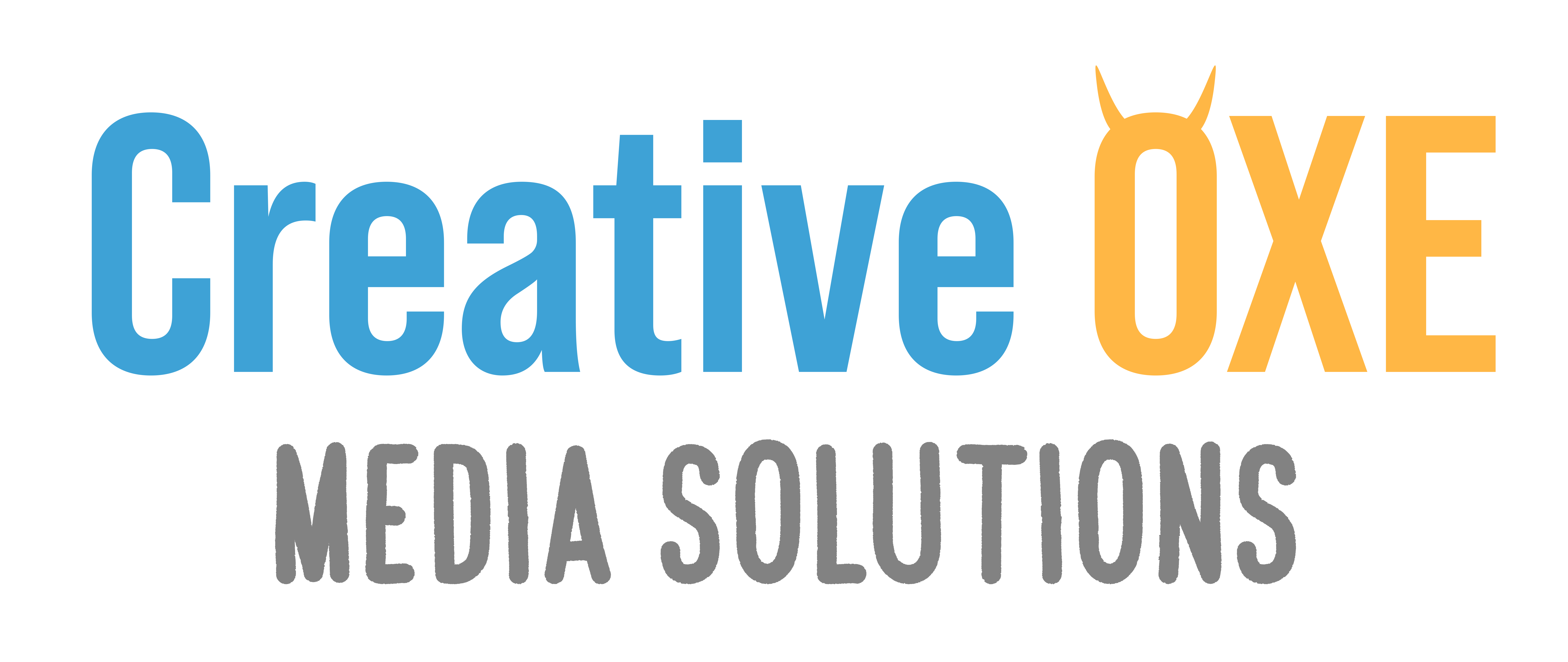To achieve success in digital marketing, it’s important to follow a strategic approach. Here are some best steps to help you navigate the digital marketing landscape:
-
Set Clear Goals
-
Know Your Target Audience
-
Create a Comprehensive Digital Marketing Strategy
-
Build an Effective Website
-
Search Engine Optimization (SEO)
-
Pay-Per-Click (PPC) Advertising
-
Social Media Marketing
-
Content Marketing
-
Email Marketing
-
Analyze and Optimize
-
Stay Updated
1. Set Clear Goals
Begin by establishing clear and measurable goals for your digital marketing efforts. Whether it’s increasing website traffic, generating leads, improving conversions, or building brand awareness, define your objectives upfront.
2. Know Your Target Audience:
Understand your target audience’s demographics, interests, and behaviors. This knowledge will help you tailor your marketing messages and select the most effective channels to reach and engage with them.
3. Create a Comprehensive Digital Marketing Strategy
Develop a well-defined digital marketing strategy that aligns with your business goals. Consider various digital channels such as search engine optimization (SEO), pay-per-click (PPC) advertising, social media marketing, email marketing, content marketing, and others that are relevant to your target audience.
4. Build an Effective Website
Your website serves as the foundation of your online presence. Ensure it is visually appealing, user-friendly, mobile responsive, and optimized for search engines. Provide valuable content and make it easy for visitors to navigate and convert.
5. Search Engine Optimization (SEO)
Implement SEO techniques to improve your website’s visibility in search engine results. Optimize your website’s structure, keywords, meta tags, and ensure high-quality content that aligns with search intent. Focus on both on-page and off-page SEO factors to enhance organic traffic.
6. Pay-Per-Click (PPC) Advertising
Use platforms like Google Ads or social media advertising to reach your target audience through paid ads. Research and select relevant keywords, create compelling ad copy, and carefully manage your budget to maximize return on investment (ROI).
7. Social Media Marketing
Leverage social media platforms to connect with your audience, build brand awareness, and drive engagement. Choose the appropriate platforms for your target audience, create valuable content, and engage with users through comments, shares, and direct messages.
8. Content Marketing
Develop a content strategy that focuses on providing valuable and relevant content to your audience. Create blog posts, articles, videos, infographics, or podcasts that educate, entertain, or solve problems for your target audience. Share your content across different channels to expand its reach.
9. Email Marketing
Build an email list and use email marketing campaigns to nurture relationships with your subscribers. Provide valuable content, promotions, and personalized offers to keep your audience engaged and encourage conversions.
10. Analyze and Optimize
Regularly track and analyze your digital marketing efforts. Use analytics tools to gain insights into your website traffic, conversion rates, engagement metrics, and other key performance indicators (KPIs). Identify areas for improvement and make data-driven decisions to optimize your campaigns.
10. Stay Updated
Digital marketing is a dynamic field, so stay updated with the latest trends, algorithms, and best practices. Attend webinars, conferences, and workshops, follow industry blogs, and join relevant communities to stay ahead of the curve.
Remember,
digital marketing success takes time and continuous effort. Adapt your strategies as needed, test different approaches, and be willing to learn from both successes and failures.
